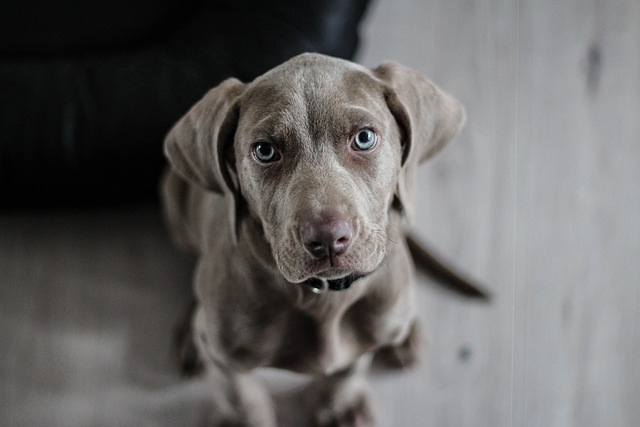
How do i train my dog to be obedient?
Watching your dog dart across the park ignoring your calls isn’t just frustrating—it can put them at risk near busy streets or public spaces.
Imagine watching your dog’s ears perk up as they catch a whiff of something exciting. If you’re planning to start scent training your furry friend, you’ve probably wondered: What scent is best for dog scent training? Whether you’re aiming to turn your pup into a nose - work champion or just looking for a fun way to engage their mind, choosing the right scent can make all the difference.
Dogs have an olfactory system that’s 10,000 to 100,000 times more sensitive than humans. They’re naturally drawn to scents that signal food, safety, or social interaction. From a behavioral perspective, scents that trigger positive associations—like the smell of a favorite treat or a familiar toy—are most effective for training. This is because dogs are more motivated to seek out scents that lead to rewards, aligning with the principles of positive reinforcement. Just like how we’re more likely to repeat an activity that makes us feel good, dogs will happily sniff out scents that promise something delicious or fun.
When starting out, it’s hard to beat the power of food - based scents. High - value treats like freeze - dried liver or small pieces of cooked chicken are irresistible to most dogs. Their strong, savory aroma stands out and encourages your dog to use their nose actively. You can also use the scent of their regular kibble, especially if you moisten it slightly to intensify the smell. Another great option is anise, a popular scent used in formal nose - work competitions. Its unique, sweet - licorice smell is distinct enough for dogs to easily pick up but not overwhelming.

Here’s a simple way to start training with these scents. Begin indoors in a quiet room. Take a small piece of a high - value treat or a cotton swab soaked in a diluted anise oil solution (make sure it’s pet - safe) and hide it under a towel or inside a cardboard box. Encourage your dog to “find it” using a cheerful voice. When they successfully locate the scent, immediately reward them with praise, a treat, or a quick game of tug - of - war. As your dog gets better, gradually increase the difficulty by hiding the scented item in more complex places or adding distractions.
Before you dive into scent training, there are some important things to keep in mind. Ensure your dog is up - to - date on all vaccinations, as required by law in most American states, especially if you plan to train outdoors where they might encounter other animals. Also, always follow positive training methods. Avoid any form of punishment if your dog doesn’t find the scent right away. Instead, stay patient, guide them gently, and celebrate every small success.
For apartment dwellers, scent training can be a great indoor activity. You can hide scented items in different corners of your home or use puzzle toys that require your dog to use their nose to access a treat. When it comes to community etiquette, a dog that’s engaged in regular scent training is often calmer and better - behaved on walks. And remember, whether you’re training at home or in public, always clean up after your dog to avoid fines and keep the area clean.
In conclusion, the best scent for dog scent training is one that motivates your individual dog. By understanding their preferences, using positive methods, and following local pet - care rules, you can create a fun and rewarding scent - training experience for both you and your four - legged friend.

Watching your dog dart across the park ignoring your calls isn’t just frustrating—it can put them at risk near busy streets or public spaces.

New puppy owners often find themselves rushing to clean up accidents before they set in, and that’s where puppy pad training becomes a game-changer.

If you've noticed your dog's waistline disappearing and your veterinarian has mentioned those few extra pounds, your first instinct might be to simply reduce the amount of food in their bowl.

Training a dog to use a designated spot indoors isn’t as daunting as many new owners fear, but it does take consistency and an understanding of your pet’s needs.

That moment of dread on a walk is all too familiar for many new dog owners. You see another dog approaching down the sidewalk of your neighborhood

If the sight of another dog on your neighborhood walk makes your heart sink as your own dog erupts into a frenzy of barking and lunging, you're not alone.